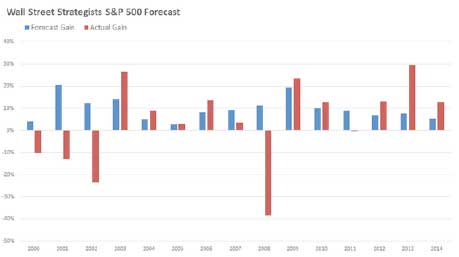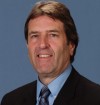4th Quarter 2015
“Genius is nothing but a greater aptitude for patience” —Benjamin Franklin
 Download Newsletter
Download Newsletter
To our clients and friends:
During 2015, the financial world lost three of its greatest investment minds. The three were Irving Kahn (age 109), Charles Allmon (age 94) and Richard Russell (age 91). If you don’t read and study finance every day, it’s unlikely you’ll recognize these names. But all three were highly successful, and were considered geniuses in their field.
Kahn worked in his NYC office until late 2014. He was interviewed by the London paper, The Guardian, as well as The New York Times just before his death. He explained that in 2014 he still used the same approach that he’d used to purchase his very first stock in June 1929 at age 24. He described his secret as “always insuring there was a ‘margin of safety’ in his investing”. He was a value investor focused on managing risk. Kahn emphasized that the teachings of Benjamin Graham—the famed value investor—always offered him a critical reminder of assessing portfolio risk. Kahn said: “If the market is overpriced, an investor must be willing to wait—you must be patient.”
About the Author
Andrew J. Fama
Fama Fiduciary Wealth LLC is an SEC-Registered Investment Advisory firm originally established in 2001 under the name of Andrew J. Fama Asset Management. With over 30 years of experience representing financial institutions, businesses and individuals, Mr. Fama understands the risks inherent in all types of investments.
To learn more about Andrew J. Fama click here.


